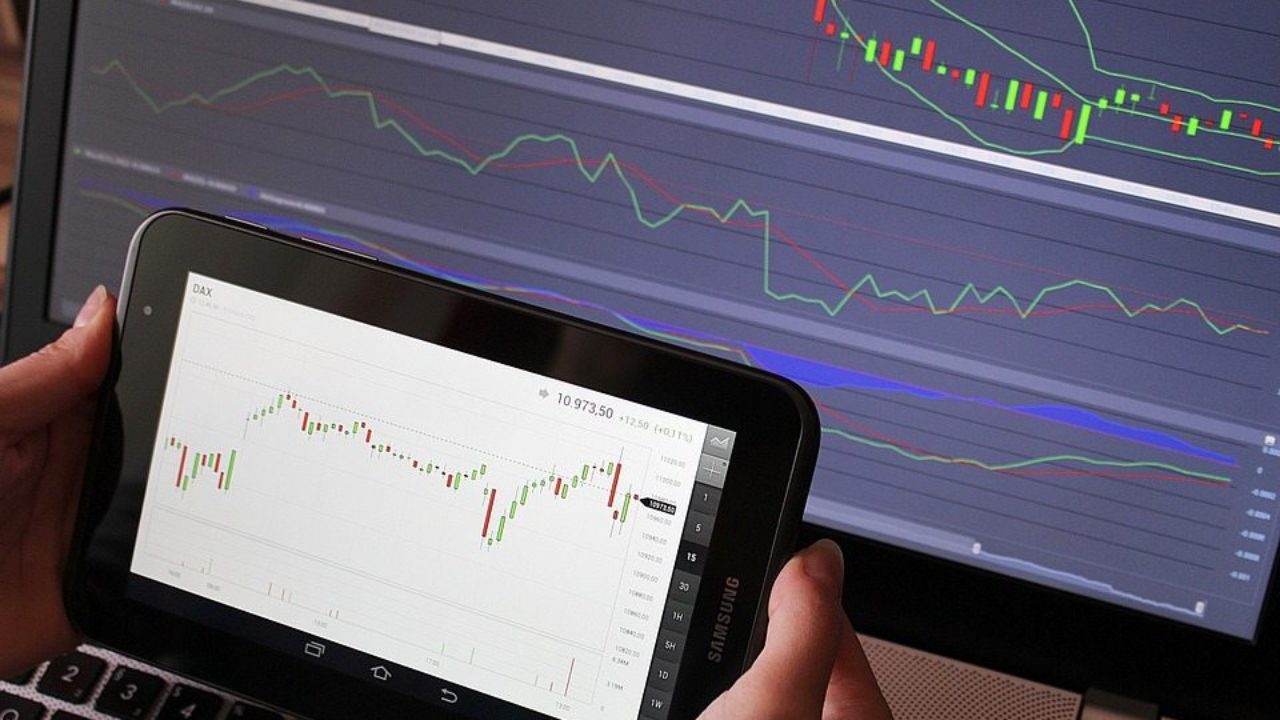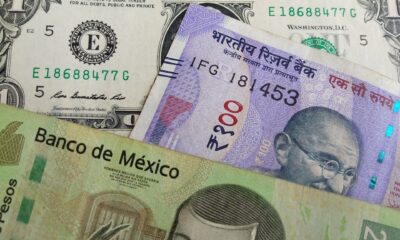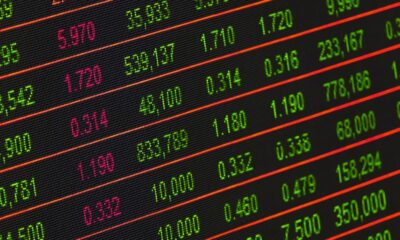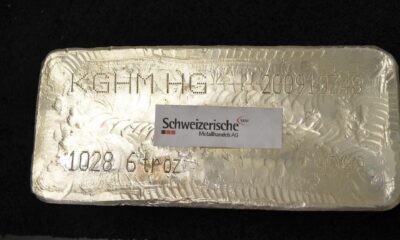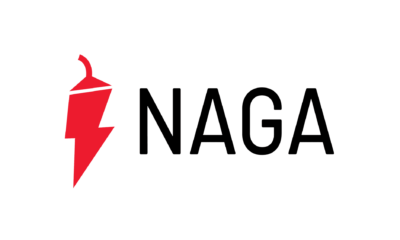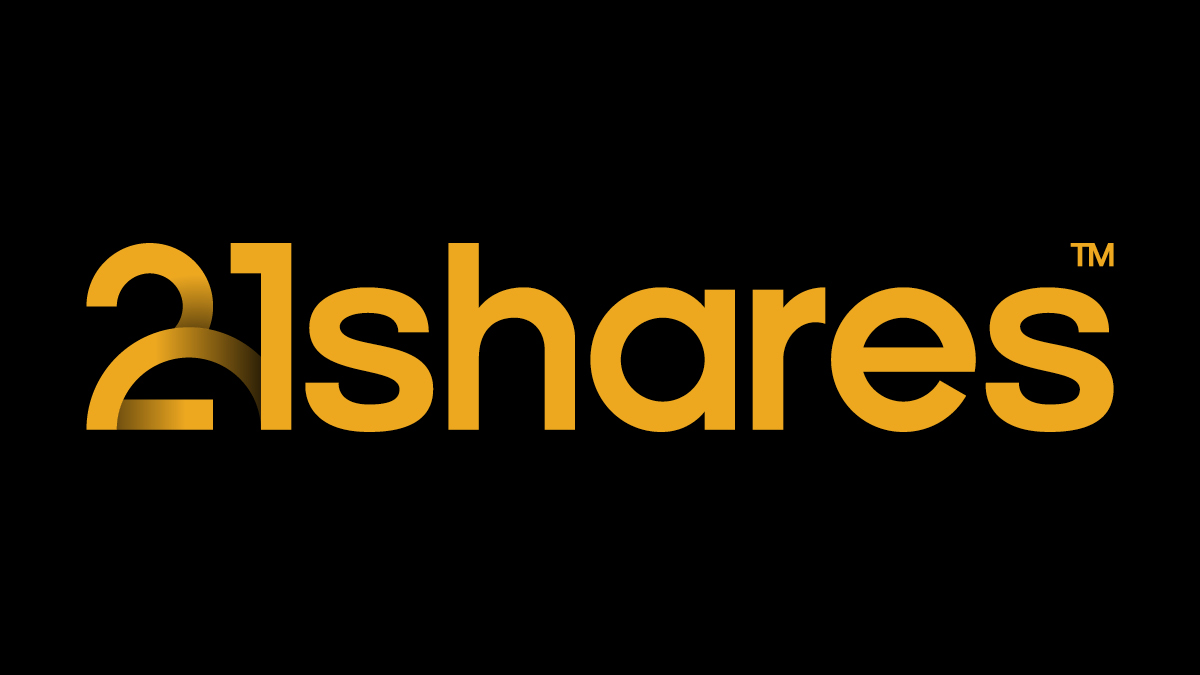21Shares AG, en av världens största utgivare av kryptovaluta-ETP:er, tillkännagav idag korsnoteringen av ytterligare fem nya krypto-ETPer på Nasdaq Stockholm, vilket ytterligare förstärker sin närvaro i Norden och förstärker sitt engagemang för att investerare reglerad, transparent och enkel tillgång till digitala tillgångar.
De nyligen listade produkterna inkluderar:
Dessa produkter utökar en befintlig serie av 21Shares-produkter som redan finns tillgängliga på Nasdaq Stockholm: 21Shares Bitcoin ETP (ABTC), 21Shares Ethereum ETP (AETH), 21Shares Solana ETP (ASOL), 21Shares XRP ETP (AXRP) och 21Shares Bitcoin Core ETP (CBTC).
”Vår fortsatta expansion i Norden återspeglar den ökade efterfrågan från både privata och institutionella investerare på diversifierad och kostnadseffektiv kryptoexponering”, säger Mandy Chiu, chef för finansiell produktutveckling på 21Shares. ”Genom att erbjuda ett bredare urval av krypto-ETP:er med enskilda tillgångar och tematiska värdepapper ger vi investerare möjlighet att bygga mer anpassade och motståndskraftiga portföljer genom en välbekant börsmiljö.”
”Vi är glada att välkomna utökningen av 21Shares produktsvit på Nasdaq Stockholm. Dessa nyligen noterade ETPer återspeglar den typ av innovation som formar framtiden för finansmarknaderna. I takt med att ETP-marknaden fortsätter att växa är vi fortsatt engagerade i att modernisera tillgången till investeringsmöjligheter och stödja större transparens”, säger Helena Wedin, chef för Nasdaq & ETP.
Med denna utökning erbjuder 21Shares nu 10 ETPer på Nasdaq Stockholm, som omfattar large-cap-kryptovalutor, innovativa indexstrategier och staking-aktiverade produkter. Alla produkter är fullt säkrade och handlas i ett reglerat, likvidt format, vilket ger en enkel inkörsport till digitala tillgångar utan behov av att hantera plånböcker eller förvaring direkt. Med årliga avgifter från 0,21 % till 2,50 % är dessa produkter några av de mest kostnadseffektiva på marknaden.
Med noteringar över hela Europa, inklusive Euronext Paris, Euronext Amsterdam, London Stock Exchange och SIX Swiss Exchange, är 21Shares den största och mest diversifierade krypto-ETP-leverantören i regionen.
För mer information om 21Shares fullständiga produktvit, besök www.21shares.com.

 Nyheter2 veckor sedan
Nyheter2 veckor sedan
 Nyheter3 veckor sedan
Nyheter3 veckor sedan
 Nyheter4 veckor sedan
Nyheter4 veckor sedan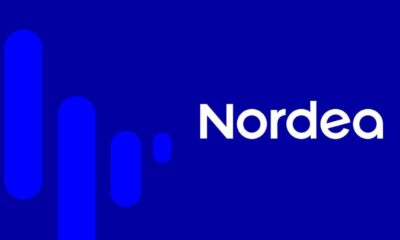
 Nyheter3 veckor sedan
Nyheter3 veckor sedan
 Nyheter4 veckor sedan
Nyheter4 veckor sedan
 Nyheter3 veckor sedan
Nyheter3 veckor sedan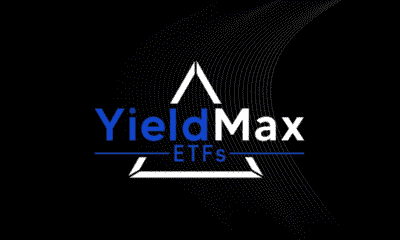
 Nyheter3 veckor sedan
Nyheter3 veckor sedan
 Nyheter4 veckor sedan
Nyheter4 veckor sedan
